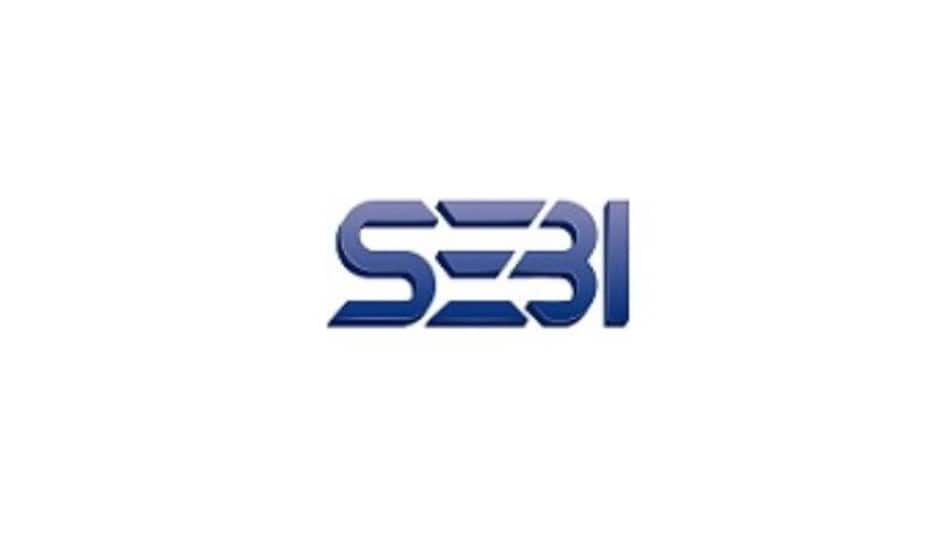 The new logo was unveiled at a function held at Sebi Head Office, Mumbai, on Wednesday
The new logo was unveiled at a function held at Sebi Head Office, Mumbai, on Wednesday The new logo was unveiled at a function held at Sebi Head Office, Mumbai, on Wednesday
The new logo was unveiled at a function held at Sebi Head Office, Mumbai, on WednesdayCapital markets regulator Securities and Exchange Board of India (Sebi) on Wednesday unveiled its new logo on the occasion of Sebi Foundation Day. The new logo was unveiled at a function held at Sebi Head Office, Mumbai, on Wednesday in the presence of former chairmen, and former and present members of Sebi.
“The new logo of Sebi reflects the continuing commitment of SEBI to being a facilitator in the growth of the economy through capital formation and retaining its rich tradition of a consultative approach in policy making while adopting the power of data and technology. The new SEBI logo retains its traditional blue colour palette while also reflecting the aspiration of a new and modern nation that works for the prosperity of every Indian," the market regulator said in a release.
Madhabi Puri Buch, Sebi Chairperson, said: “Sebi’s new logo seeks to reflect the unique combination of rich traditions of Sebi and new data and technology -based approach to all the three areas of its mandate in the securities market -- Development and Regulation of the Securities Market and Investor Protection.”
From being empowered with the SEBI Act in the aftermath of Harshad Mehta's scam in 1992, to rebranding itself as investor-friendly, the Sregulator has been shaped by market conditions.
Sebi, which was set up on April 12, 1988, is a regulatory body for the securities and commodity market in India. Sebi is under the ownership of the Ministry of Finance. From being empowered with the Sebi Act after the Harshad Mehta scam in 1992 to rebranding itself as an investor-friendly body, Sebi has brought in some major rules to shape the markets in India.
In recent times, Sebi has been looking into the Hindenburg Research report’s allegations against the Adani Group, led by billionaire Gautam Adani. The report alleged the Adani group improperly used offshore tax havens, manipulated stocks, and violated Sebi's rules on public shareholdings.
Earlier this month, Sebi made a detailed presentation to the six-member committee set up by the Supreme Court following the publication of the Hindenburg report on the Adani Group on January 25. Sebi reportedly collected data from stock exchanges on buyers and sellers of Adani Group companies' shares before and after the Hindenburg report, to examine if there was any cartel behind the extreme stock price movement.
Since the release of the Hindenburg Research report on the Adani Group, Sebi has been under pressure to investigate the group, with opposition parties criticising the regulator for not doing enough to protect the interest of investors. Subsequently, a batch of PILs was filed in the matter before the Supreme Court.
Following that, SC directed Sebi to probe into whether there has been a violation of Section 19 of Sebi rules and whether there was any manipulation of stock prices.
Also read: Congress leader Jairam Ramesh raises queries on LIC's increased stake in Adani Group